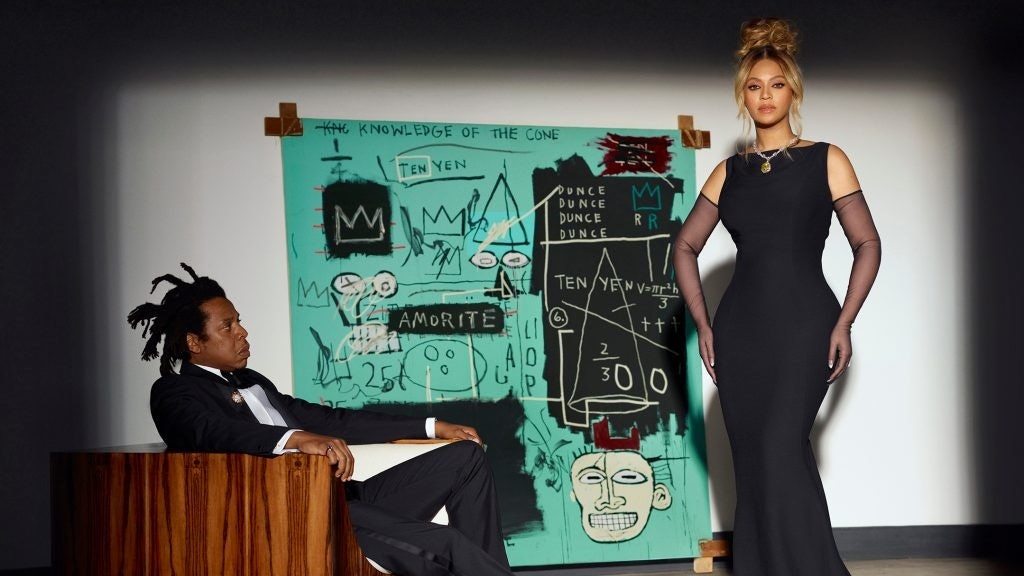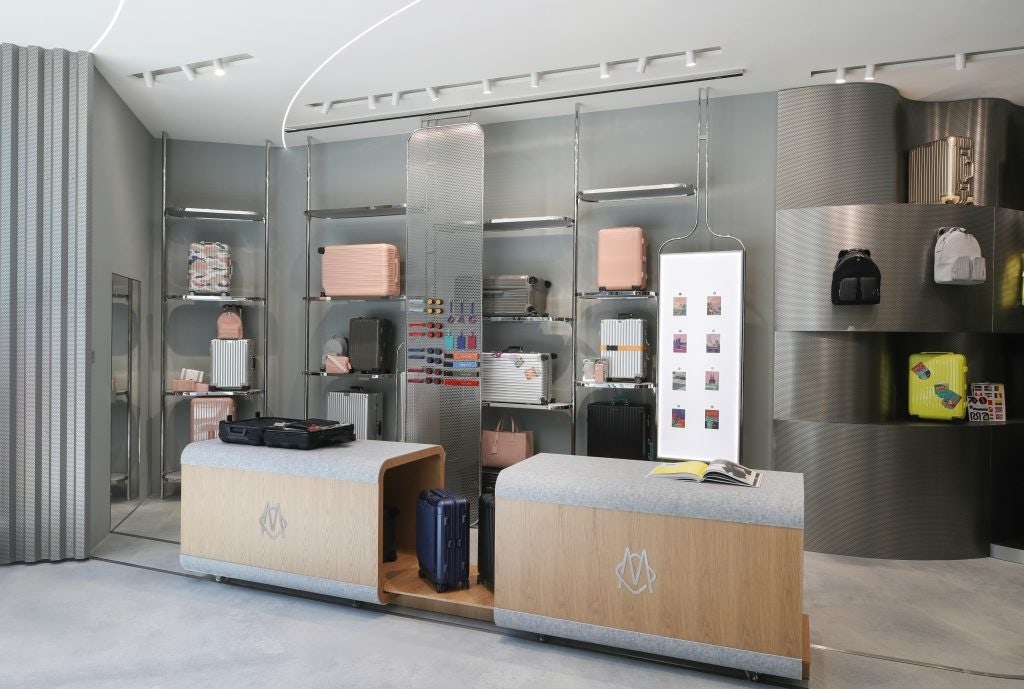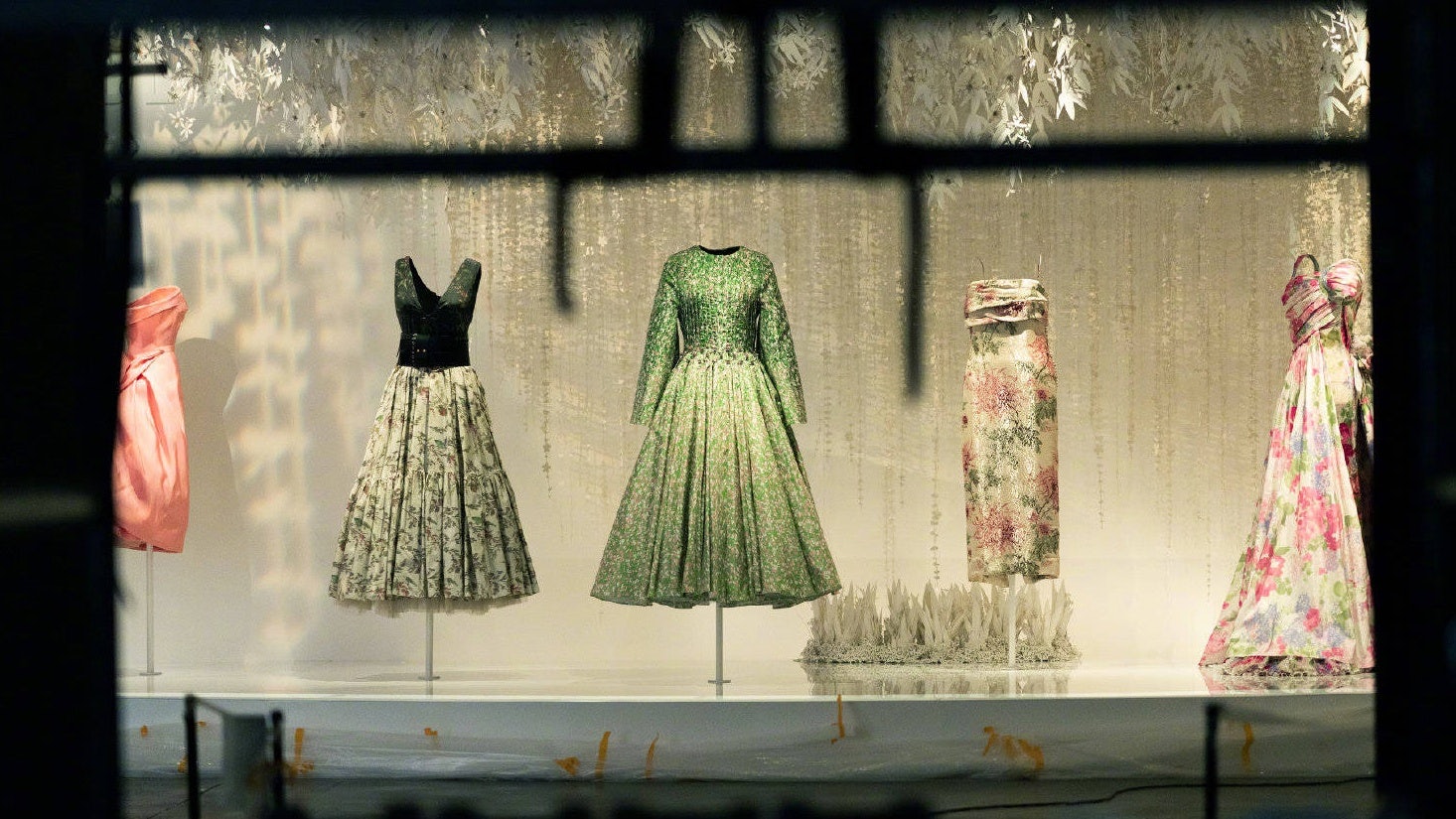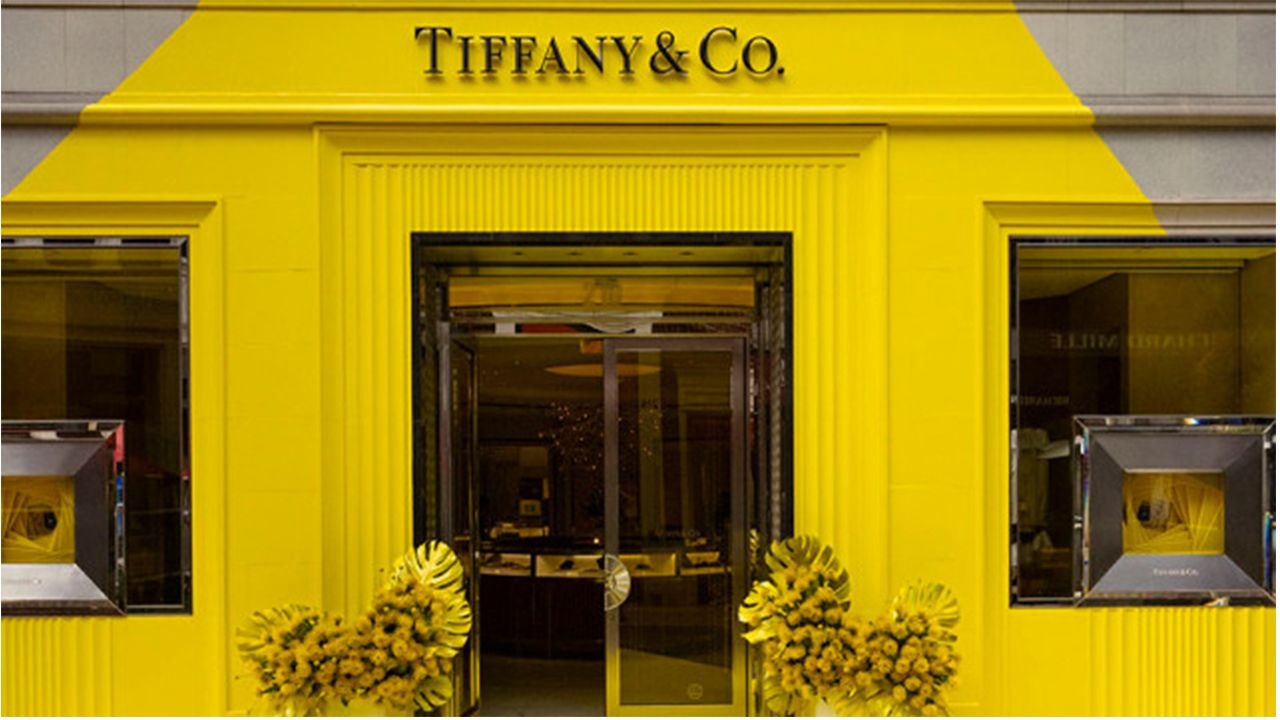Key Takeaways:#
LVMH shares what many other successful luxury companies have: a family shareholder and a long-term view.
LVMH differs from its peers through its decentralized model, which favors entrepreneurial attitudes, speed, and the spirit of conquest.
- As the biggest group in the sector, it is LVMH's role to help redefine luxury itself.
LVMH has become the proxy for the luxury industry, thanks to its strong organic sales growth and acquisitions. In fact, after having published The Bling Dynasty in 2014 and Future Luxe a year ago, I might have to publish another book in 2030 called LVMH: A Luxury Supremacy.
Indeed, the only element of guidance the group has ever offered is its commitment to taking market share. In Churchill’s spirit of “you should never let a good crisis go to waste,” the group pushed its leading brands (Louis Vuitton, Dior, Tiffany, Hennessy, and more) further ahead and welcomed new ones into its sprawling portfolio. Meanwhile, some others went stale over the past 18 months. I don’t think there is “secret sauce” at LVMH, but I would like to point to four differentiating factors:
Long-term#
When LVMH announced it was purchasing Tiffany, the group said it would enable the jewelry brand to move away from a quarterly focus, as it was a victim of being a listed company that came under investor scrutiny every three months. The irony of this comment was lost on no one, given that LVMH is a listed company itself. But with a family shareholder, a proper next-generation view, and a long-term target of gaining market share, few decisions could be made in the short-term that even remotely affect brand equity or long-term prospects.
One of the 21 projections I made in my book is that CEO Bernard Arnault would eventually become the richest man in the world (and he has topped Amazon’s Bezos a few times since then, depending on equity market vagaries). And while many will argue there are more important things in life, you don’t build wealth in the luxury sector by having a “take the money and run” attitude. Put the work in, be ambitious, take risks, stay hungry and keep in mind that success does not happen overnight.
Dior has undoubtedly been a phenomenal success of late, tripling sales over the past three years and likely approaching 6 billion euros this year — steady growth in the face of COVID-19 constraints. But this strength wasn't built overnight. The brand many consider Bernard Arnault’s “baby” for which no expense should be spared and which has only one external benchmark, Chanel, has had the best retail locations, talent, and financial means. But "consistency" has only recently enabled it to break out.
Velocious#
Just because you think long-term, it doesn't mean you can’t be quick. Witness what is happening at Tiffany. Nine months after taking it in, LVMH has hired a dream team for the jeweler while launching new products (when that usually takes more than a year to accomplish) and a global media campaign (don’t tell me you missed Jay Z and Queen B).

It is difficult to imagine that happening anywhere else. And, yes, it likely helps the process that one of Bernard Arnault’s gifted sons works at Tiffany. But six months in, most observers already said LVMH had turned it around when, more than four years in, Burberry's turnaround is still a point of contention, and the CEO responsible for the repositioning of that brand has chosen to move on. There is a sense of urgency and execution that is almost dizzying at LVMH, which, sure, implies risk. But consumers want to have fun, and the “same, same” won’t cut it.
Matchmaker#
Having a good track record and a very diversified brand portfolio helps attract top talent. But the group is also good at moving star managers around quite efficiently, and many top CEOs have gone through the “Louis Vuitton school” and then applied their magic on other assets.
That is the case for the Dior and Tiffany CEOs, but it is also true at the helm of cognac and Champagne leader Moët Hennessy (the “MH” in LVMH). While the group has decidedly been influenced by Mr. Arnault and his family, key assets at LVMH are run by some of the best professionals in the luxury business (in management and creative roles.) The rise of Virgil Abloh within the group is the most visible example.
Holistic#
As an innovative independent company, Moncler has successfully defined “new luxury” as the space between Chanel and Nike. As the sector's leader, it is the role — in my view — of LVMH to define where luxury goes next and how it should capture an incremental portion of wealthy consumer wallets. Travel? Sure, welcome, Rimowa. Hospitality? Why not. Welcome, Belmond. What’s the next Champagne-like category? Rosé wines? Perhaps they have taken that on board, as well.

With its financial means, the group has the luxury to look at M&A, JVs, and other approaches to continue to reshape and redefine the industry. As Abraham Maslow once said (yes, the same Maslow whose pyramid luxury consumers are climbing): “In any given moment, we have two choices: step forward to growth or step backward into safety.” LVMH is not drawn to safety.
Erwan Rambourg has been a top-ranked analyst covering the luxury and sporting goods sectors. After eight years as a Marketing Manager in the luxury industry, notably for LVMH and Richemont, he is now a Managing Director and Global Head of Consumer & Retail equity research. He is also the author of Future Luxe: What’s Ahead for the Business of Luxury (2020) and The Bling Dynasty: Why the Reign of Chinese Luxury Shoppers Has Only Just Begun (2014).

